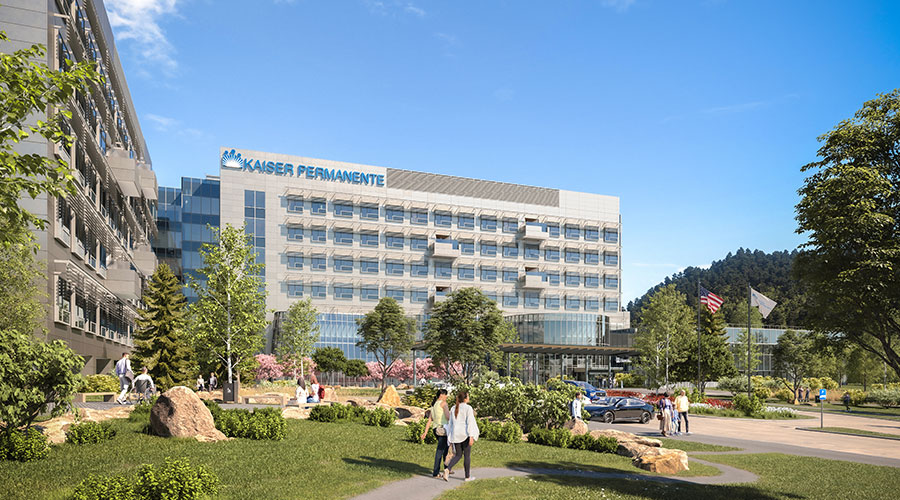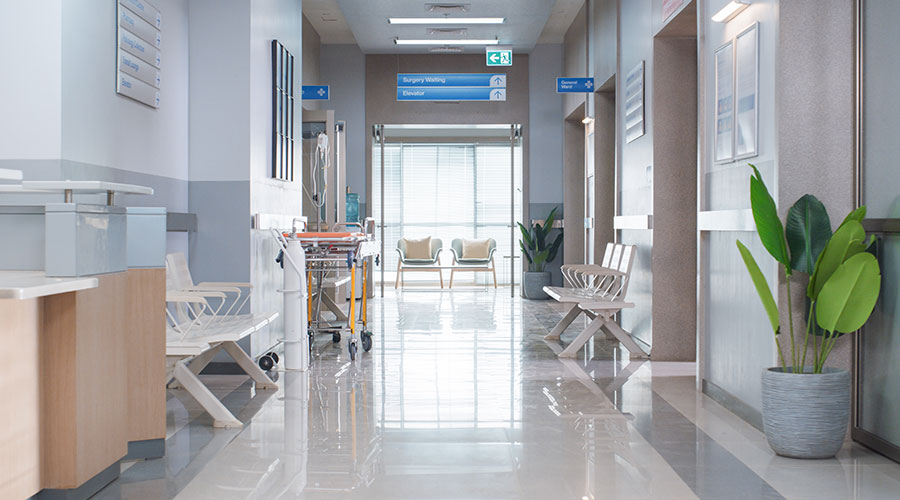Plymouth, MN - Building service contractors (BSCs) providing their customers with carpet cleaning services should know that there are at least four carpet "conditions" they may run into when maintaining carpets in a commercial facility.
Fortunately, most of these can be corrected if the BSC is properly trained.
According to Bob Abrams, the Carpet Care product manager for Nilfisk-Advance commercial business, makers of U.S. Products brand professional carpet extractors, these four conditions are the following:
Rapid resoiling: This often occurs after cleaning carpets using an interim carpet cleaning method such as bonnet cleaning; either the soils were not thoroughly removed in the cleaning process or chemical residue was left in the carpet.
Solution: Re-clean the area using an extractor with a heating element; an extractor that heats the water/cleaning solution to 212 degrees (F) can improve the effectiveness of cleaning chemicals and remove most chemical residue as well.
Bulges, buckles, or ripples: This can happen if too much moisture is left in the carpet after cleaning but is usually the result of improper carpet installation; if it's a glue-down carpet, it may be the result of adhesive failure.
Solution: If there is too much moisture buildup, re-extract the carpet placing much more emphasis on moisture removal. If the problem persists, installers may be needed to re-stretch the carpet until the bulges, buckles, and ripples disappear.
Tears and rips: Over time, especially in heavily trafficked areas, tears and rips can develop in carpets. Additionally, edges may come loose or seams may open.
Solution: With proper training, most of these issues can be repaired; however, BSCs are advised to "not learn on the job."
Mold: Mold can develop in carpets as a result of exterior moisture intrusion or slow water leaks from pipes in walls or near the subfloor; it can also result from not thoroughly extracting moisture from the carpet when cleaning.
Solution: The best thing to do is nothing. Disturbing mold may cause it to become airborne, turning it into a health hazard. Unless trained on proper mold removal, this should be handled by a trained professional.

 Designing Healthcare Facilities for Pediatric and Geriatric Populations
Designing Healthcare Facilities for Pediatric and Geriatric Populations Kaiser Permanente Announces New Hospital Tower at Sunnyside Medical Center
Kaiser Permanente Announces New Hospital Tower at Sunnyside Medical Center Building Disaster Resilience Through Collaboration
Building Disaster Resilience Through Collaboration Amae Health Expands to New York City
Amae Health Expands to New York City Hospital for Special Surgery Opens Two New Facilities in New Jersey
Hospital for Special Surgery Opens Two New Facilities in New Jersey